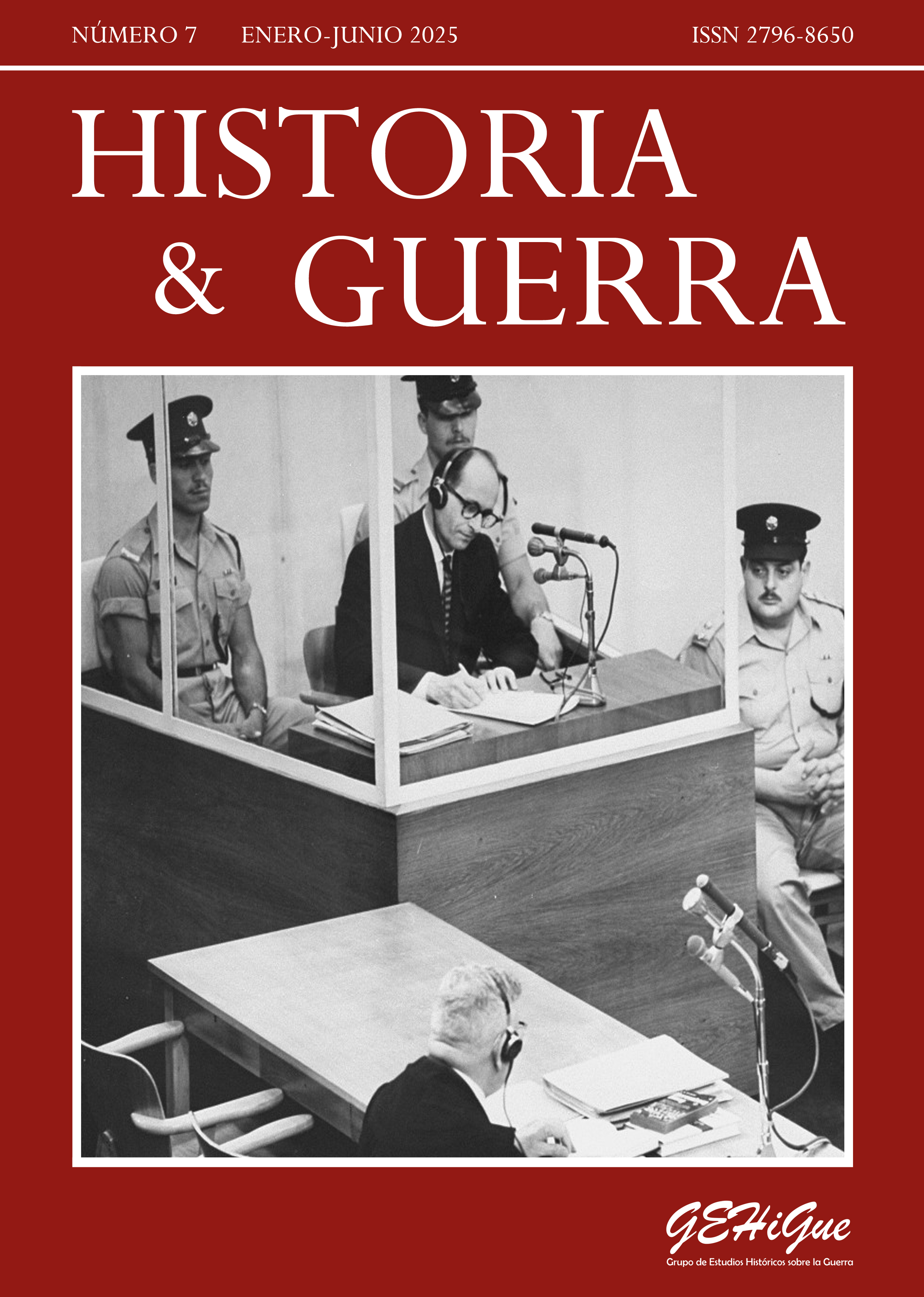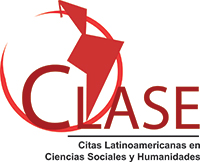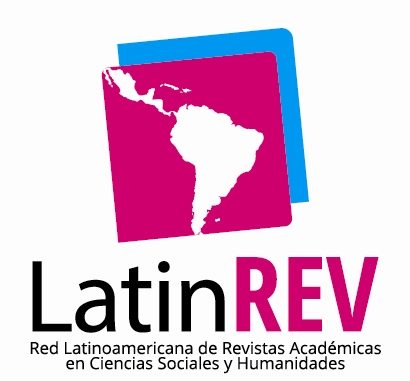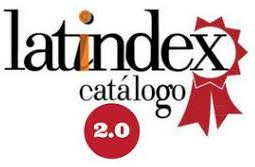Some outcomes of the Eichmann case in Argentina and Israel
Abstract
The ink devoted to Argentina as a refuge for an important number of Nazi and collaborationist war criminals on the run contextualizes this approach to certain clarities and darknesses in the diplomatic relations between various countries, mainly Argentina and Israel after the detention in Buenos Aires in May 1960 of one of those most involved in Nazism’s genocide of mainly Jewish victims. Taken to Israel and prosecuted in Jerusalem, Adolf Eichmann was given the death sentence, with different aspects of his capture harming Argentine-Israeli relations. In fact, somewhat of a hiatus –a relatively brief interruption of diplomatic ties– was included among the damage caused by the kidnapping, its smallness becoming noticeable especially when compared with the casus belli put forward by the severest critics of Israel’s infringement of Argentine sovereignty.Downloads
References
/1999 Israel-Argentina: Encuentro entre dos naciones. (1999). Embajada de Israel.
Actas del Primer Congreso contra el Racismo y el Antisemitismo. (1938). Buenos Aires.
Aharoni, Z. y Dietl, W. (1996). Operation Eichmann: The Truth about the Pursuit, Capture and Trial. Wiley.
Aizenberg, E. (2016). On the Edge of the Holocaust: The Shoah in Latin American Literature and Culture. Brandeis University Press.
Bascomb, N. (2009). Hunting Eichmann: How a Band of Survivors and a Young Spy Agency Chased the World’s Most Notorious Nazi. Houghton Mifflin Harcourt.
Bergman, R. y Rubovitch, Y. (30 de junio de 2023). Shocking Revelations. Ynet.
Buchrucker, C. (2002). Los nostálgicos del “Nuevo Orden” europeo y sus vinculaciones con la cultura política argentina, en I. Klich (comp.), Sobre nazis y nazismo en la cultura argentina (pp. 51-104). Hispamérica.
Cesarani, D. (2004). Becoming Eichmann: Rethinking the Life, Crimes, and Trial of a “Desk Murderer”. William Heinemann.
Crossman, R. H. (31 de marzo de 1961). The Faceless Bureaucrat. New Statesman.
Degiovanni, F. (2002). Nosotros y Sur: el enemigo y la guerra, en I. Klich (comp.), Sobre nazis y nazismo en la cultura argentina (pp. 27-36). Hispamérica.
Eizenstat, S. E. (2003). Imperfect Justice: Looted Assets, Slave Labor, and the Unfinished Business of World War II. PublicAffairs.
Frank, W. (1975). Memorias. Sur.
Gass, A. (2006). Una política de vida. Museo del Senado.
Glock, Ch. Y., Selznick, G. J. y Spaeth, J. L. (1996). The Apathetic Majority: A Study Based on Public Responses to the Eichmann Trial. Harper & Row.
Hausner, G. (1967). Justice in Jerusalem. Nelson.
Kaufman, E., Shapira, Y. y Barromi, J. (1979). Israel-Latin American Relations. Transaction Books.
Klich, I. (1988). “A Background to Peron’s Discovery of Jewish National Aspirations”. Judaica Latinoamericana. Estudios Histórico-Sociales. Jerusalén: Editorial Universitaria Magnes, Universidad Hebrea. 192-223.
Klich, I. (comp.). (2002). Sobre nazis y nazismo en la cultura argentina. Hispamérica.
Klich, I. y Buchrucker, C. (comps.). (2009). Argentina y la Europa del nazismo. Sus secuelas. Siglo XXI Iberoamericana.
Lipstadt, D. E. (2011). The Eichmann Trial. Schocken.
Loftus, J. (1982). The Belarus Secret. Knopf.
Meding, H. M. (1999). La emigración a la República Argentina de los nacionalsocialistas buscados. Una aproximación cuantitativa. Estudios Migratorios Latinoamericanos, 14 (43), 241-260.
Mount, G. S. (2002). Chile and the Nazis: From Hitler to Pinochet. Black Rose Books.
Newton, R. C. (1977). German Buenos Aires, 1900-1933: Social Change and Cultural Crisis. University of Texas Press.
Newton, R. C. (1995). El cuarto lado del triángulo. La ‘amenaza nazi’ en la Argentina (1931-1947). Sudamericana.
Newton, R. C. (2009). Las actividades clandestinas de la marina alemana en aguas argentinas entre 1930 y 1945, con especial referencia a la rendición de dos submarinos germanos en Mar del Plata en 1945, en I. Klich y C. Buchrucker (comps.), Argentina y la Europa del nazismo. Sus secuelas (pp. 65-100). Siglo XXI Iberoamericana.
Orbach, D. (2022). Fugitives: A History of Nazi Mercenaries during the Cold War. Pegasus Books.
Pearlman, M. (1961). The Capture of Adolf Eichmann. Weidenfeld & Nicolson.
Potash, R. y Rodríguez, C. (1999). El empleo en el Ejército argentino de nazis y otros científicos y técnicos extranjeros, 1943-1955. Estudios Migratorios Latinoamericanos, 14(43), 261-276.
Raviv, D. y Melman, Y. (1991). Todo espía un elegido. La verdadera historia de los servicios de inteligencia israelíes, sus aciertos y fracasos, sus orgullos y vergüenzas. Planeta.
Rein, R. (2003). Argentina, Israel, and the Jews: Peron, the Eichmann Capture and After. University Press of Maryland.
Rein, R. (2023). Cachiporras contra Tacuara. Grupos de autodefensa judíos en América del sur, 1960-1975. Sudamericana.
Reinhartz, D. (1997, 1999). Ustasha Flight to Argentina after World War II. Informe de la CEANA 2-3.
Rigacci, E. y Llorente, M. (1998). El último nazi. Priebke de la Argentina a Italia: Juicio a medio siglo de historia. Sudamericana.
Rouillon, J. (26 de diciembre de 2006). Falleció Ángel Miguel Centeno. La Nación.
Salomon, G. (1963). The End of Eichmann: America’s Response. The American Jewish Year Book, 64.
Sanchis Muñoz, J. R. (1992). La Argentina y la Segunda Guerra Mundial. Grupo Editor Latinoamericano.
Segev, T. (2010). Simon Wiesenthal: The Life and Legends. Schocken.
Senado de Estados Unidos. (1946). Nazi Party Membership Records. United States Government Printing Office.
Senkman, L. (2002). La representación ficcional del fascismo católico en Manuel Gálvez, en I. Klich (comp.), Sobre nazis y nazismo en la cultura argentina (pp. 37-50). Hispamérica.
Skorzeny, O. (1979a). Luchamos y perdimos. Editorial Acervo.
Skorzeny, O. (1979b). Vive peligrosamente. Editorial Acervo.
Smith, B. F. (1977). Reaching Judgment at Nuremberg. New American Library.
Sosnowski, S. (2002). Letras e imágenes de guerra, en I. Klich (comp.), Sobre nazis y nazismo en la cultura argentina (pp. 15-26). Hispamérica.
Stangneth, B. (2014). Adolf Eichmann. Historia de un asesino de masas. Edhasa.
Tato, M. I. y Romero, L. A. (2002). La prensa periódica y el régimen nazi, en I. Klich (comp.), Sobre nazis y nazismo en la cultura argentina (pp. 157-176). Hispamérica.
Tetens, T. H. (1961). The New Germany and the Old Nazis. Random House.
Tsur, J. (1983). Cartas credenciales #4. La Semana Publicaciones.
Valentini, M. P. y García Cano, J. (2009). Arqueología e historia. La búsqueda de los submarinos alemanes en aguas argentinas, en I. Klich y C. Buchrucker (comps.), Argentina y la Europa del nazismo. Sus secuelas (pp. 101-120). Siglo XXI Iberoamericana.
Von Lang, J. (ed.). (1983). Eichmann Interrogated: Transcripts from the Archives of the Israeli Police. Vintage Books.
Wechsberg, J. (ed.). (1967). The Nazi Murderers among Us: The Simon Wiesenthal Memoirs. McGraw-Hill.
White, E. B. (1991). German Influence in the Argentine Army, 1900 to 1945. Garland Publishing.
Yablonka, H. (2004). The State of Israel vs. Adolf Eichmann. Schocken.
Copyright (c) 2025 Ignacio Klich

This work is licensed under a Creative Commons Attribution-NonCommercial 4.0 International License.

Historia & Guerra uses an international license Attribution-NonCommercial 4.0 International (CC BY-NC 4.0).
You are free to:
- Share — copy and redistribute the material in any medium or format.
- Adapt — remix, transform, and build upon the material.
- The licensor cannot revoke these freedoms as long as you follow the license terms..
Under the following terms:
Attribution — You must give appropriate credit, provide a link to the license, and indicate if changes were made. You may do so in any reasonable manner, but not in any way that suggests the licensor endorses you or your use.
NonCommercial — You may not use the material for commercial purposes.
No additional restrictions — You may not apply legal terms or technological measures that legally restrict others from doing anything the license permits.
Notices:
You do not have to comply with the license for elements of the material in the public domain or where your use is permitted by an applicable exception or limitation.
No warranties are given. The license may not give you all of the permissions necessary for your intended use. For example, other rights such as publicity, privacy, or moral rights may limit how you use the material.
The author retains all rights to his work without restriction and grants Historia & Guerra the right to be the first publication of the work. Likewise, the author may establish additional agreements for the non-exclusive distribution of the version of the work published in the Journal (for example, placing it in an institutional repository or publishing it in a book), with the acknowledgment of having been first published in this journal. Use of the work for commercial purposes is not permitted.














.jpg)















